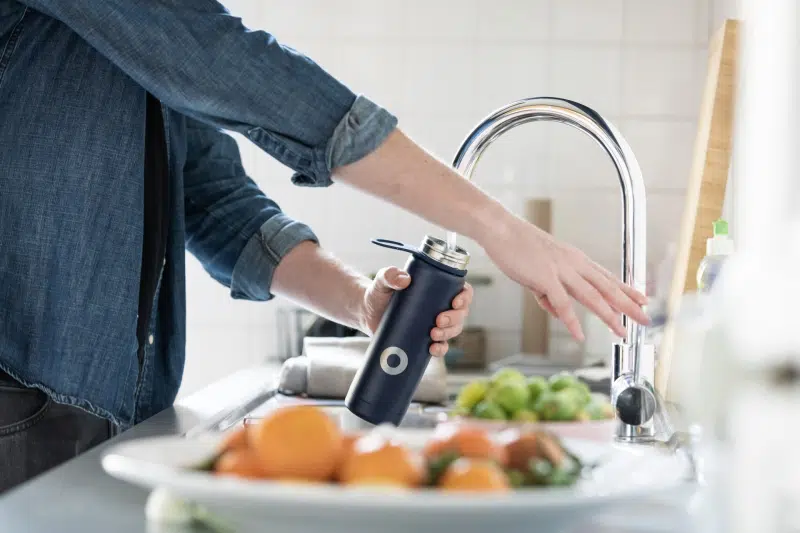
Waterborne pathogens live and thrive in water pipes and storage tanks or containers. These pathogens are responsible for many waterborne diseases people succumb to in their homes.
Image Source: unsplash.com
It is essential to be vigilant of these contaminants. The source of the water also matters. You should know the origins of your home’s drinking water. Besides causing waterborne diseases, water can contain contaminants capable of harming your skin. Here’s how to make sure that the water in your home is safe.
The cleanliness and purity of water depend primarily on its source. While water is usually dirty and packed with impurities in natural sources, specific sources pose more risks than others. Rainfall picks up pollutants like gas and dust suspended in the atmosphere.
Water collected via gutters will contain more impurities and pathogens than those present on the roof and gutters. Surface runoff collected for use tends to be dirtier than rainwater. Generally, you need to filter the water you collect at home on your own to remove unhealthy substances.
Unless you have tap water directly linked to your home from a water treatment facility, the sources are generally unsafe. If you want to make sure your water is safe, you should also investigate the most common backflow contaminants.
While water tapped from treatment facilities is usually safe for cooking, drinking, and other uses at home, it can contain harmful compounds. The surest way of establishing if the water is safe is through tests.
Image Source: pexels.com
Water companies are obligated to test the water before releasing it for human consumption. They should also conduct continuous testing and reporting on the water’s cleanliness and safety.
However, safety isn’t guaranteed throughout. Testing is as simple as collecting a sizable water sample and sending it to a private laboratory for testing. Most private labs will give you specific sampling instructions. However, testing isn’t free. The findings report should let you know if the water is safe or not.
Boiling is an old and effective method of killing disease-causing microorganisms like bacteria, viruses, and other parasites present in water. To get the best result, use a coffee filter or a clean cloth to filter cloudy or seemingly dirty water before boiling, cooling, and drinking.
Chemical disinfectants can also kill bacteria, viruses, and other harmful pathogens in water. Examples of disinfectants include chlorine dioxide tablets.
The information above highlights the steps to take when looking at how to make sure that the water in your home is safe. However, there’s more to making water safe for home use, including how to deal with the most common backflow contaminants.
You spend a lot of time in your home, so it’s important to create a…
If you love a modern house vibe, you can find several easy ways to update…
Are you looking to spruce up your home without breaking the bank? Home improvements don’t…
Florida, also known as the Sunshine State, boasts a vibrant real estate market filled with…
A backyard fireplace is the perfect feature to take any outdoor space up a notch.…
The kitchen, often referred to as the heart of a home, is where both meals…